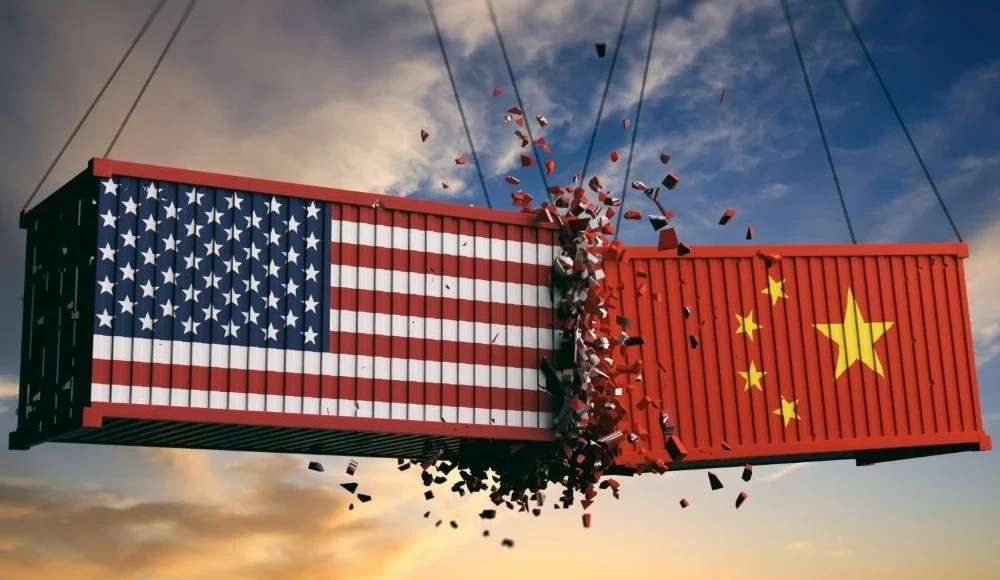In a move that has surprised global markets and offered a rare moment of economic détente, the United States and China have agreed to significantly scale back tariffs on each other’s goods for a 90-day period. The temporary truce follows intense closed-door negotiations in Geneva over the weekend, led by U.S. Treasury Secretary Scott Bessent and Chinese Vice Premier He Lifeng.
Under the agreement, the U.S. will slash tariffs on Chinese imports from a steep 145% to 30%, while China will reduce its own levies on American goods from 125% to 10%. However, not all duties will be lifted. Tariffs on sensitive sectors — particularly those tied to fentanyl-related products — will remain in place.
Speaking briefly to reporters, Bessent described the two-day discussions as “productive and constructive,” signaling a shared desire by both economic giants to move toward what he called “balanced, fair, and stable” trade relations.
“The spirit of cooperation was evident,” Bessent said. “We’ve agreed to keep the conversation going and avoid sudden escalations. This deal gives both sides breathing room.”
The breakthrough comes after months of economic saber-rattling, most notably marked by President Donald Trump’s aggressive imposition of new tariffs on China just weeks ago — a move that Beijing swiftly countered with retaliatory levies of its own.
This weekend’s negotiations were the first in-person talks between senior U.S. and Chinese officials since those measures took effect. The venue — a quiet Swiss ambassadorial residence in Geneva — was chosen to keep tensions low and conversations candid.
On Saturday night, Trump took to Truth Social to celebrate the moment, calling the talks a “total reset” and describing them as “friendly, firm, and future-focused.”
Trade Representative Jamieson Greer, who was also present at the talks, downplayed earlier concerns about the size of the rift between the two nations. “We found more common ground than expected,” he told a small group of reporters afterward.
Beijing has remained relatively quiet publicly but hinted at optimism. The state-run Xinhua News Agency called the discussions “an important step toward resolving core issues” — a carefully worded but notable shift in tone.
The deal also includes the formation of a new joint consultation mechanism, designed to keep lines of communication open and prevent knee-jerk policy reactions that could rattle global markets.
Economists have welcomed the agreement as a much-needed cooling-off period. “At these tariff levels, both sides were locked into a lose-lose scenario,” said Nathan Sheets, Chief Economist at Citigroup. “What this does is create space for a more rational conversation.”
Still, the situation remains fragile. Earlier in the week, Trump had publicly floated the idea of a new 80% tariff on Chinese imports — a threat that left investors jittery. His spokesperson, Karoline Leavitt, later clarified that the U.S. would not act alone and expected reciprocal concessions from Beijing.
Whether this 90-day window leads to a lasting resolution remains to be seen. But for now, businesses and consumers in both countries may find some temporary relief in what’s been one of the most turbulent trade chapters in recent memory.



